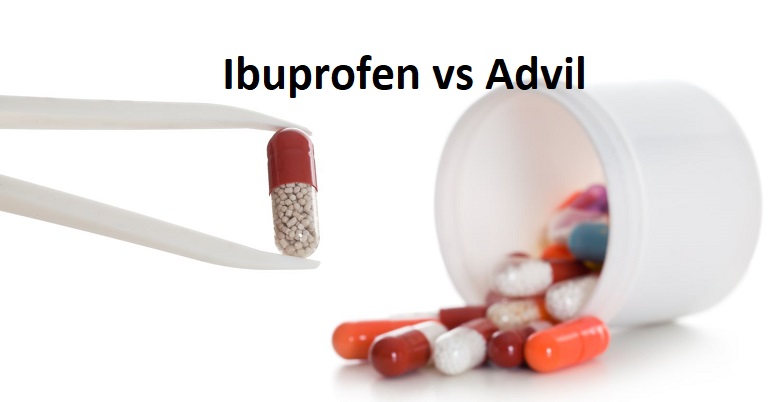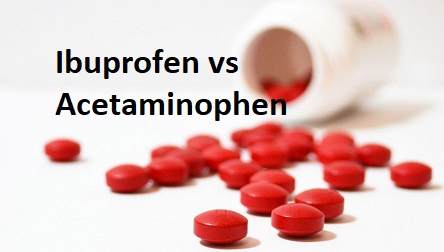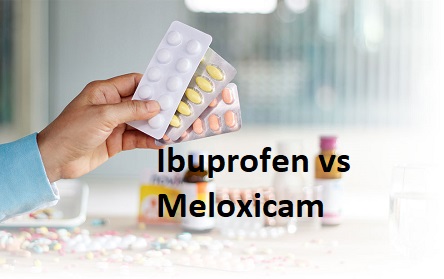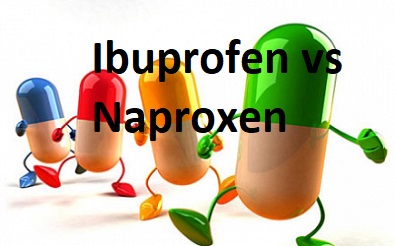When it comes to pain relief, fever reduction, and inflammation control, two commonly used medications are Ibuprofen and Advil. Although they may seem like two separate medications, they are actually closely related.
In this article, we’ll break down the similarities and differences between Ibuprofen and Advil, helping you make an informed decision when choosing the right pain relief option.
What is Advil?
Advil is a brand name for a specific form of Ibuprofen. It contains the same active ingredient (Ibuprofen) and works in the same way. The main difference between Advil and Ibuprofen is the branding and sometimes the formulation (like added flavorings or specific dosing instructions).
Common uses of Advil:
- Pain relief (similar to Ibuprofen)
- Reducing inflammation
- Lowering fever
Key Differences Between Ibuprofen and Advil
| Aspect | Ibuprofen | Advil |
|---|---|---|
| Active Ingredient | Ibuprofen | Ibuprofen (same as generic) |
| Branding | Generic (available in various brands) | Specific brand of Ibuprofen |
| Cost | Typically more affordable | Slightly more expensive due to branding |
| Formulations | Available in various generic forms | Available in brand-specific forms |
| Availability | Widely available in pharmacies | Available in most pharmacies |
Effectiveness: Ibuprofen vs Advil
Both Ibuprofen and Advil work in the same way to alleviate pain, reduce inflammation, and bring down fever. The active ingredient in both medications, Ibuprofen, blocks the production of prostaglandins—chemicals in the body that promote inflammation, pain, and fever. Therefore, their effectiveness in treating pain and inflammation is essentially the same.

Side Effects and Safety
The side effects of Ibuprofen and Advil are similar since they contain the same active ingredient. Common side effects include:
- Stomach irritation
- Nausea
- Dizziness
- Risk of gastrointestinal issues with prolonged use
Both medications should be used as directed, and you should consult with a healthcare professional before use, especially if you have pre-existing medical conditions.
Dosage Recommendations
The recommended dosage for both Ibuprofen and Advil generally follows the same guidelines, with the key difference being that Advil may be marketed with slightly different dosing instructions depending on the product formulation.
- Adults: Typically 200-400 mg every 4-6 hours as needed.
- Children: Dosage varies depending on the child’s weight and age.
Always follow the specific instructions on the packaging, or consult a healthcare provider for proper dosing.
In the debate between Ibuprofen vs Advil, it’s important to recognize that Advil is simply a brand name version of Ibuprofen. They both offer the same active ingredient and work the same way to treat pain, inflammation, and fever.
The primary difference lies in the branding and pricing, with Advil often being slightly more expensive. Ultimately, whether you choose generic Ibuprofen or Advil, both can effectively address your pain management needs.







Comments (1)